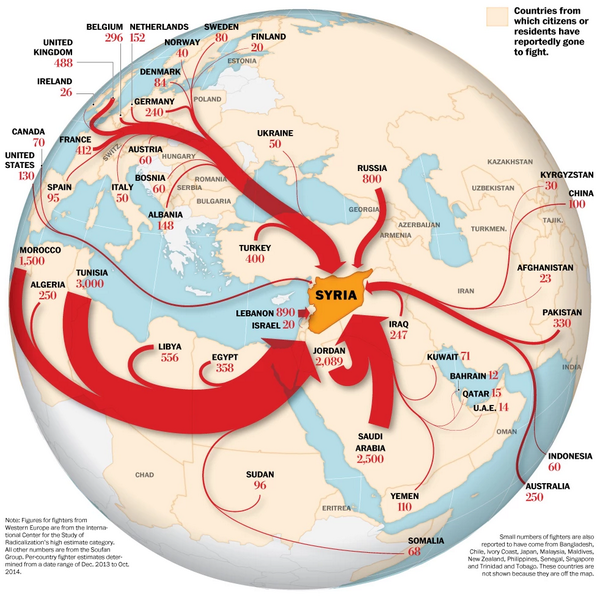Summary: De-radicalization, like Radicalization, is Better from Bottom Up than Top Down
When you look at young people like the ones who grew up to blow up trains in Madrid in 2004, carried out the slaughter on the London underground in 2005, hoped to blast airliners out of the sky en route to the United States in 2006 and 2009, and journeyed far to die killing infidels in Iraq, Afghanistan, Pakistan, Yemen or Somalia; when you look at whom they idolize, how they organize, what bonds them and what drives them; then you see that what inspires the most lethal terrorists in the world today is not so much the Koran or religious teachings as a thrilling cause and call to action that promises glory and esteem in the eyes of friends, and through friends, eternal respect and remembrance in the wider world that they will never live to enjoy.
Our data show that most young people who join the jihad had a moderate and mostly secular education to begin with, rather than a radical religious one. And where in modern society do you find young people who hang on the words of older educators and "moderates"? Youth generally favors actions, not words, and challenge, not calm. That's a big reason so many who are bored, underemployed, overqualified, and underwhelmed by hopes for the future turn on to jihad with their friends. Jihad is an egalitarian, equal-opportunity employer (at least for boys, but girls are web-surfing into the act): fraternal, fast-breaking, thrilling, glorious, and cool. Anyone is welcome to try his hand at slicing off the head of Goliath with a paper cutter.




 Reply With Quote
Reply With Quote






Bookmarks